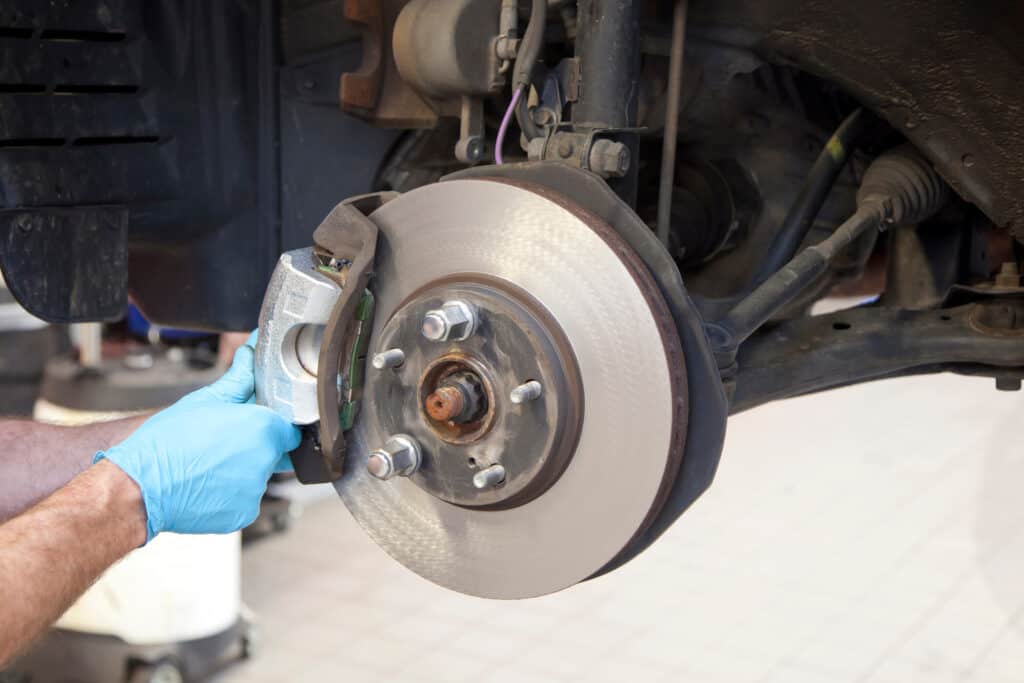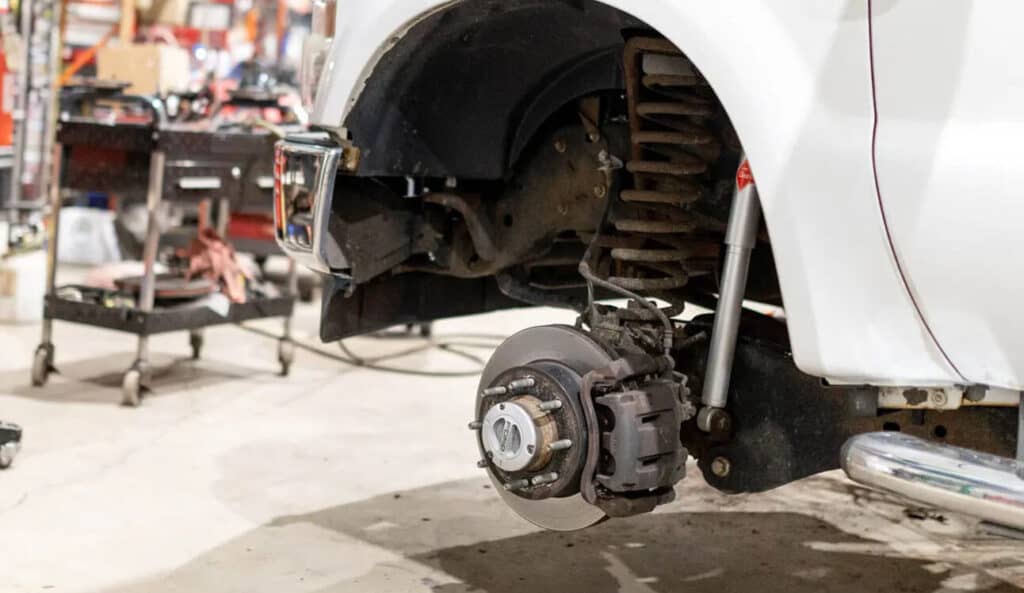Introduction: The Importance of Proactive Fleet Brake Service
In the world of fleet management, the importance of proactive brake service cannot be overstated. Well-maintained brakes are essential for ensuring the safety of your fleet’s drivers and other road users while minimizing operating costs. This article will explore the cost-saving benefits of proactive fleet brake service, from reduced vehicle downtime and lower repair costs to enhanced fuel efficiency.
The Connection Between Brake System Health and Fleet Operating Costs
• Reduced Vehicle Downtime: One of the most significant cost-saving benefits of proactive brake service is reduced vehicle downtime. By regularly servicing and maintaining your fleet’s brake systems, you can prevent unexpected breakdowns and minimize the time your vehicles spend off the road for repairs. This, in turn, leads to increased fleet productivity and overall cost savings.
• Lower Repair and Replacement Costs: Proactive brake maintenance also results in lower repair and replacement costs. By identifying and addressing brake system issues early, you can prevent more extensive and costly repairs down the line. Regular inspections and maintenance can also extend the life of your brake components, reducing the frequency of replacements and the associated costs.
• Enhanced Fuel Efficiency: Maintaining your fleet’s brake systems can also lead to enhanced fuel efficiency. Properly functioning brakes can help your vehicles maintain optimal fuel consumption rates, saving your fleet money on fuel costs over time.

Preventative Maintenance: Identifying and Addressing Brake Issues Early
• Regular Brake Inspections: Implementing a regular brake inspection schedule is a critical aspect of proactive brake service. By conducting thorough inspections, you can identify potential issues before they escalate into more severe problems. This allows you to address any concerns promptly and avoid more expensive repairs later on.
• Brake Pad and Rotor Wear Monitoring: Monitoring brake pad and rotor wear is another crucial element of proactive brake maintenance. By keeping a close eye on wear patterns, you can determine when it’s time to replace these components and prevent excessive wear from causing damage to other brake system parts.
• Brake Fluid Checks and Changes: Regularly checking and changing your fleet’s brake fluid is essential for maintaining optimal brake system performance. Over time, brake fluid can become contaminated and lose its effectiveness, which can lead to reduced braking efficiency and increased wear on brake components. Scheduling regular brake fluid changes can help maintain the health of your fleet’s brake systems and save on repair costs.
The Role of Proper Brake System Installation and Break-In Procedures
Ensuring that brake systems are correctly installed and allowing for proper break-in procedures can contribute to the overall health and longevity of your fleet’s brakes. By following manufacturer-recommended installation and break-in guidelines, you can prevent premature wear and damage to brake components, resulting in lower long-term maintenance costs.
Driver Training and Awareness: Minimizing Brake Wear and Damage
• Adopting Smooth Braking Techniques: Training your fleet drivers to adopt smooth braking techniques can help minimize wear and damage to brake components. By encouraging drivers to brake gently and gradually, rather than applying sudden force, you can extend the life of your brake pads and rotors and reduce overall maintenance costs.
• Maintaining Safe Following Distances: Educating drivers on the importance of maintaining safe following distances can also contribute to reduced brake wear. By allowing adequate space between vehicles, drivers can avoid frequent hard braking, which can lead to increased wear on brake components.
• Proper Load Distribution and Vehicle Weight Management: Proper load distribution and vehicle weight management are crucial for minimizing stress on your fleet’s brake systems. Overloading vehicles or unevenly distributing cargo can cause excessive strain on brakes, leading to increased wear and potential damage. By ensuring that your fleet’s vehicles are loaded correctly and within their weight limits, you can help protect the brake systems and save on maintenance costs.
Fleet Brake Service Best Practices: Developing a Customized Maintenance Schedule
Creating a customized maintenance schedule tailored to your fleet’s unique needs is essential for proactive brake service. Factors such as vehicle type, driving conditions, and fleet usage patterns should be taken into account when developing a maintenance schedule that works best for your fleet. By adhering to a well-designed maintenance plan, you can ensure that your fleet’s brake systems are regularly inspected and serviced, minimizing the risk of costly repairs and downtime.

Leveraging Fleet Management Software for Brake Service Tracking and Optimization
Utilizing fleet management software can greatly enhance your ability to track and optimize your fleet’s brake service. These systems can help you monitor brake component wear, schedule inspections and maintenance, and even identify patterns in driver behavior that may be contributing to increased brake wear. By leveraging technology, you can improve your fleet’s brake system health and save on operating costs.
Investing in High-Quality Brake Components for Long-Term Savings
Investing in high-quality brake components can lead to long-term cost savings for your fleet. While it may be tempting to opt for cheaper, lower-quality components, doing so can result in increased wear and more frequent replacements. By choosing high-quality brake pads, rotors, and other components, you can extend the life of your fleet’s brake systems and reduce maintenance costs over time.
Conclusion: Maximize Fleet Efficiency and Cost Savings Through Proactive Brake Service
Proactive brake service is essential for maximizing fleet efficiency and minimizing operating costs. By implementing regular brake inspections, monitoring wear, and investing in high-quality components, you can ensure the health of your fleet’s brake systems and reduce the risk of costly repairs and downtime. In addition, training your fleet drivers to adopt smooth braking techniques and maintain safe following distances can further extend the life of your brake components, leading to even greater cost savings. Ultimately, prioritizing proactive brake service is a smart investment in the safety, efficiency, and profitability of your fleet.
